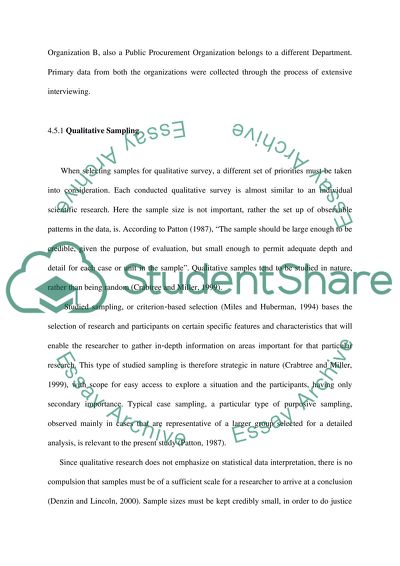Cite this document
(“ECO-FRIENDLY KEY PERFORMANCE INDICATORS IN PUBLIC PROCUREMENT Dissertation”, n.d.)
Retrieved from https://studentshare.org/family-consumer-science/1417968-eco-friendly-key-performance-indicators-in-public
Retrieved from https://studentshare.org/family-consumer-science/1417968-eco-friendly-key-performance-indicators-in-public
(ECO-FRIENDLY KEY PERFORMANCE INDICATORS IN PUBLIC PROCUREMENT Dissertation)
https://studentshare.org/family-consumer-science/1417968-eco-friendly-key-performance-indicators-in-public.
https://studentshare.org/family-consumer-science/1417968-eco-friendly-key-performance-indicators-in-public.
“ECO-FRIENDLY KEY PERFORMANCE INDICATORS IN PUBLIC PROCUREMENT Dissertation”, n.d. https://studentshare.org/family-consumer-science/1417968-eco-friendly-key-performance-indicators-in-public.


